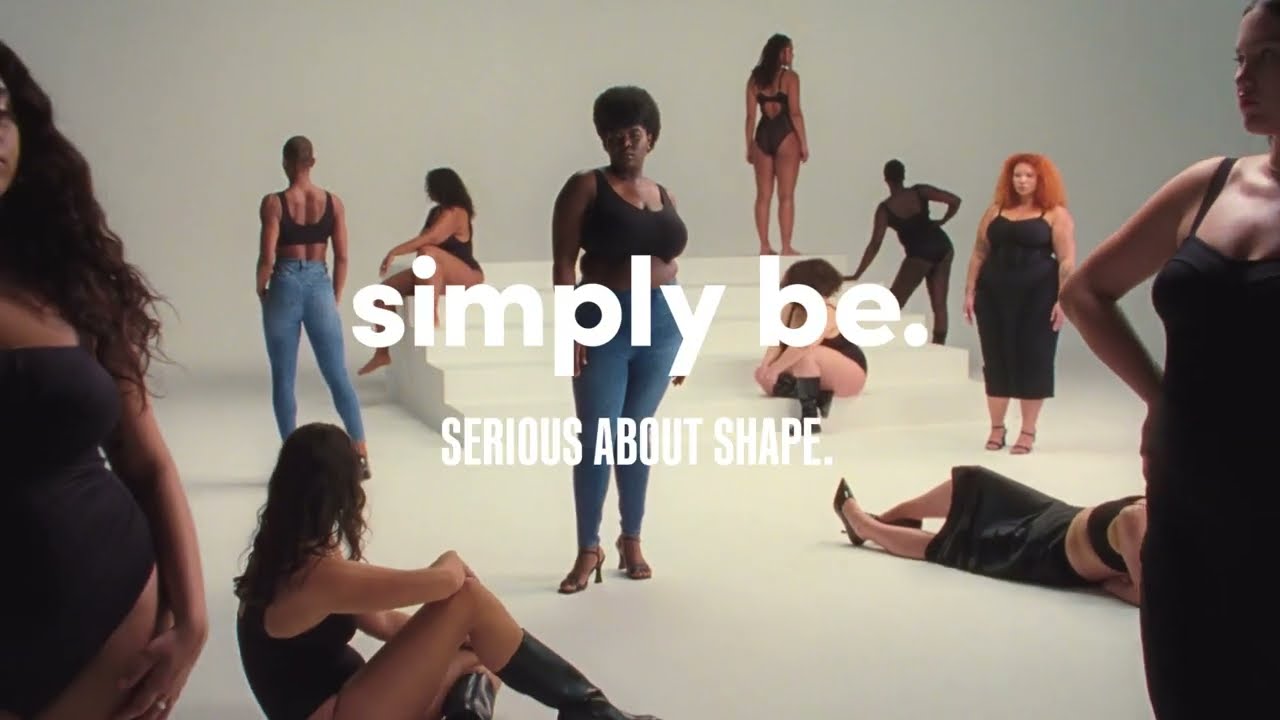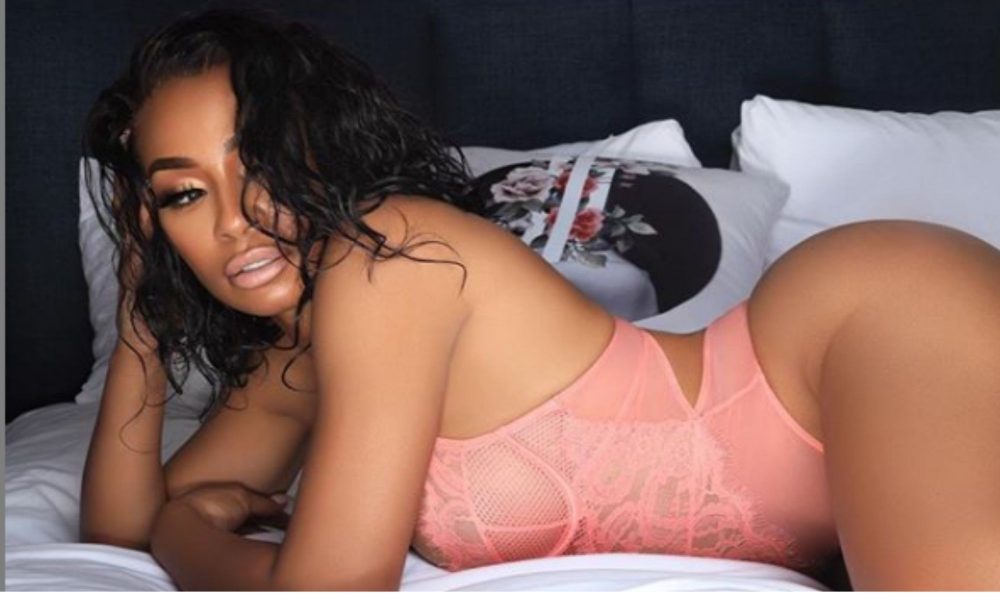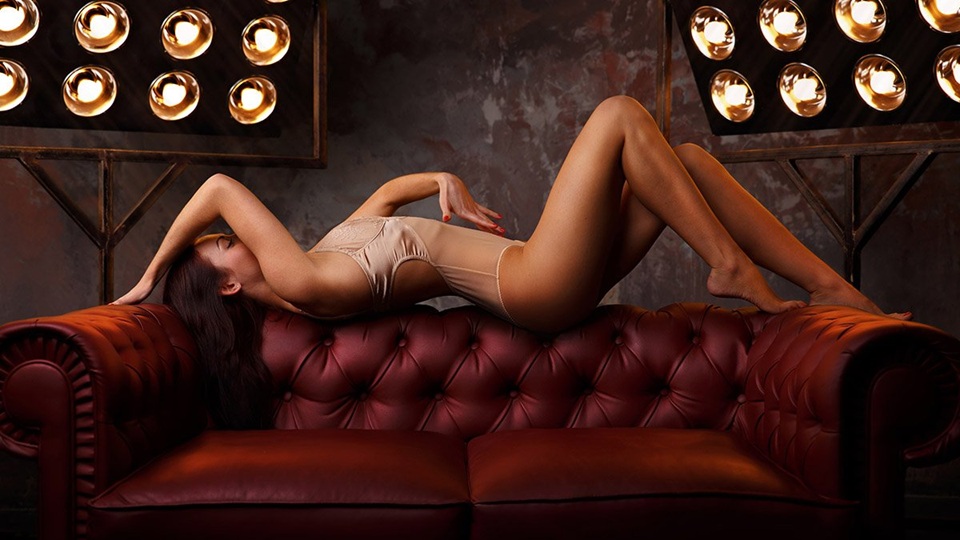Celebrating Diversity in Modelling
For decades, the modelling industry has promoted a narrow view of beauty. Super tall, skinny models with perfect skin, hair and features have been the norm.
However, respected designers like Prabal Gurung and Christian Siriano are championing diversity by casting models that break the conventional mould on their runways. This shift in the fashion industry is challenging unrealistic beauty standards and promoting body positivity.
Inclusive Representation
In recent years, we’ve seen a dramatic shift in the fashion industry. Models of diverse backgrounds and ethnicities have taken the spotlight, challenging traditional beauty standards and promoting inclusivity. But there’s still a long way to go before inclusive representation in modeling becomes the norm.
The goal of inclusivity is to represent every person in a meaningful way. In order to achieve this goal, we need to break down barriers that prevent individuals from being represented in the first place. This includes tackling issues like stereotyping and tokenization, which are two common impediments to true diversity. Stereotyping is the practice of casting models based on their skin tone or physical features, often reinforcing harmful racial stereotypes. Tokenization is a similar issue, in which a single model from an underrepresented group is showcased to create the illusion of diversity. But this superficial approach does little to dismantle systemic barriers and further marginalizes underrepresented groups.
Modelling is a highly competitive field, and it’s not uncommon for models to be typecast by their gender, race, or physical characteristics. This typecasting can be very damaging to an individual’s self-esteem and can lead to a lack of confidence in their own abilities. Thankfully, there are many ways that people can help to overcome these obstacles and embrace their uniqueness.
A model’s body type is an important aspect of their identity, and it’s vital that they are treated with respect and dignity. Fortunately, there are now many agencies that focus on body positivity and celebrate all body shapes and sizes. This has allowed individuals who may have felt uncomfortable with their body to find comfort in the fact that they are not alone.
In addition to body diversity, there is also an increasing emphasis on inclusivity in terms of age and sex. Gone are the days when models were required to conform to unrealistic and unhealthy body standards. Now, many models are of different ages and sexes, which is an essential part of inclusivity that everyone should be able to appreciate and celebrate.
Aside from body diversity, there is also an emphasis on inclusivity in the fashion industry when it comes to disability and neurodiversity. This is incredibly important, as over one billion people around the world live with a disability. Many models are using their platform to advocate for disability awareness and challenge societal stigmas, including Nina Marker, a Danish model who has Asperger’s and has worked with brands such as Coach, Stella McCartney, and Tracy Reese.
Body Diversity
The fashion industry has been praised for its efforts towards inclusivity in recent times, but it still has some work to do. One of the most important aspects of inclusive modelling is body diversity. Modelling a variety of body sizes helps individuals who may be discriminated against because of their body size to see themselves represented in the media and recognise that they are beautiful too. This is a significant step forward as it challenges unrealistic beauty standards and promotes body positivity.
It is also a positive step for those who may have struggled with eating disorders and body image issues, as it shows that healthy bodies come in all shapes and sizes. This has been aided by recent initiatives by some fashion brands, including Torrid, which launched a collection of plus-size clothing and Eckhaus Latta, which showcased a model who was pregnant in their latest show. This has been a welcomed move, especially as many people have to battle eating disorders because of the pressure to be thin.
Another aspect of inclusivity in modelling is racial and ethnic diversity. It is important to represent various racial backgrounds and ethnicities in the modelling industry, as this helps to promote cultural appreciation and understanding. This is particularly crucial for those who may have been mistreated or discriminated against because of their culture.
This is achieved by featuring models from different racial backgrounds, and by creating campaigns that celebrate cultural influences. It is also important to avoid stereotyping, which occurs when a model is typecast into a role that does not allow them to express their true personality or individuality.
The movement toward inclusion in the modelling industry has been a long time coming, and it is great to see that the fashion industry is finally catching up with society’s shift towards greater diversity. However, it is essential to remember that while this is a huge milestone, there is still much more to be done. In order for inclusive modelling to be truly successful, it must encompass all aspects of diversity, including race, gender, age, and ability.
Age Diversity
The fashion industry has long been plagued with ageist stereotypes. Older workers are slow and cranky, young workers are entitled and lazy, and middle-aged workers are square – to name just a few. These stale and damaging stereotypes can negatively impact workplace culture and prevent employees from reaching their full potential in the role. Luckily, the fashion industry is beginning to make significant strides towards inclusivity, particularly when it comes to age diversity.
For example, some of the UK’s leading fashion houses have begun to feature older models in their campaigns and runway shows. This shift reflects the growing recognition that beauty and style transcend age boundaries. It also encourages individuals to embrace their natural aging process and feel confident in every stage of life.
By incorporating older models into their campaigns and runway shows, these brands are showing that ageism in the fashion industry is completely unacceptable and uncalled for. This is a huge step forward, and it is essential that other fashion houses follow suit.
Aside from its positive effects on society, age diversity in the workplace also has a number of benefits for businesses. For example, age-diverse teams can help to close the skills gap and spark innovation. By bringing together different perspectives and viewpoints, age-diverse teams can create solutions that are more creative and efficient than those of their homogenous counterparts.
Having more diverse age groups in the workforce can also increase employee engagement. This is because it allows employees to work with people who have different experiences and perspectives. In addition, it can help to alleviate boredom and frustration that can come with working in the same environment for too long.
In order to achieve greater age diversity in the workplace, businesses should consider introducing a range of strategies. These include promoting the value of age diversity to attract older candidates, examining their current recruitment practices to reduce bias against older applicants, and adapting job descriptions and advertisements to avoid age discrimination. Additionally, employers should make sure that their staff understand the importance of inclusivity in the workplace and promote this ethos to their wider networks.
Ethnic Diversity
While the fashion industry has long portrayed beauty through a narrow lens, it is now recognizing and embracing diversity in modeling in ways that speak to many different communities and subcultures. For example, at the Spring 2020 New York Fashion Week, over 45% of models represented non-white backgrounds, an important milestone in the industry’s gradual shift towards inclusivity.
Respected designers like Prabal Gurung and Christian Siriano have made it a point to feature models of diverse ages, races, and body shapes on their runways. Pioneering modelling agencies have also pushed for change, signing models that challenge the conventional mold and redefining societal norms of beauty. In addition, renowned fashion publications have been vocal in their support for diversity, featuring models with different racial identities on their covers.
But diversity in fashion goes beyond body size and age. It also encompasses the rich tapestry of ethnic and cultural diversity that exists in the world. This is a key aspect of the movement towards inclusivity in fashion, and it’s helping to break stereotypes and spark conversations about cultural appreciation and understanding.
One of the most underrepresented demographics in fashion is the LGBTQ+ community, and it’s vital for the future of the modeling industry to be inclusive of them. The inclusion of gender-fluid and non-binary models is just as important as racial diversity. In fact, 8 transgender and non-binary models walked in Spring 2021’s digital presentations, accounting for just 0.18% of castings.
While the fashion industry has taken a few steps towards diversity, it needs to make significant changes in order to truly embrace inclusion. It’s essential that fashion companies prioritize the needs of their consumers, as well as those of the models they hire and represent. Moreover, it’s important that models be aware of the impact their actions have on others, and strive to create a positive environment for everyone. Lastly, the future of fashion modeling lies in the hands of the next generation, and it’s up to us to make sure that the industry is ready to welcome them.





